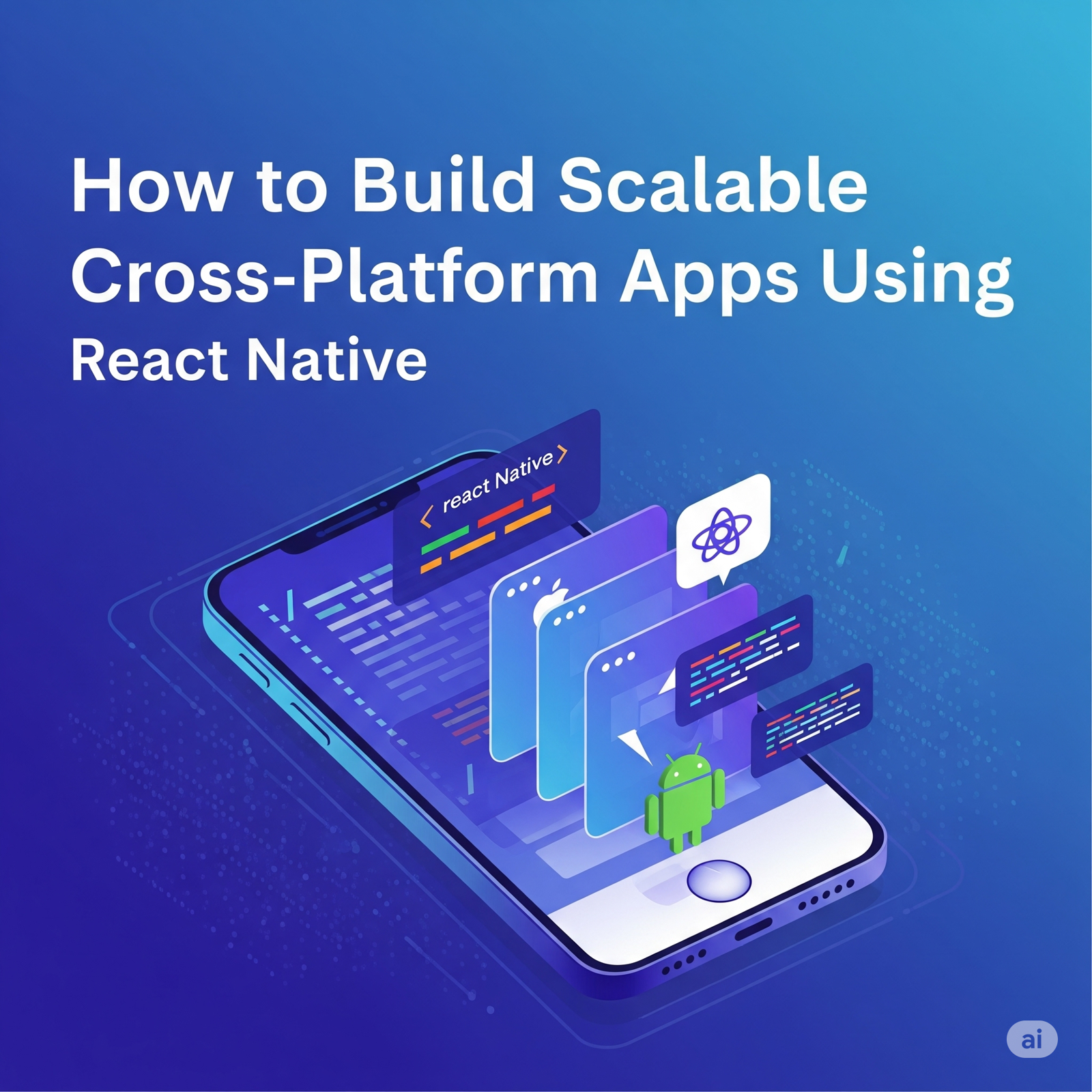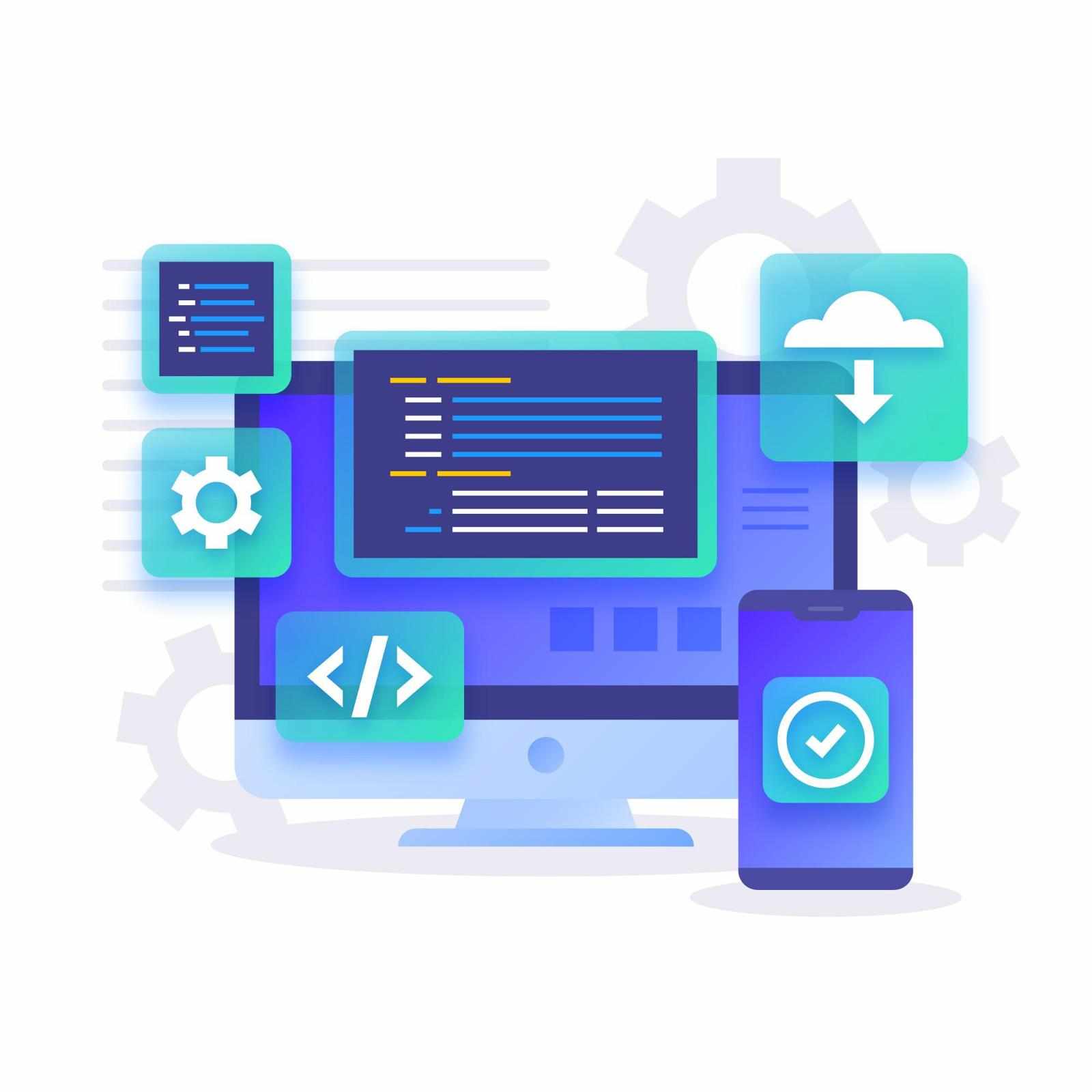
React Native is a flexible, open-source framework from Google that lets developers create mobile apps for both iOS and Android using one JavaScript codebase.
It’s a powerful tool for building cross-platform apps. Still, many developers face roadblocks like rendering delays, memory issues, or navigational glitches during the development journey.
In this guide, you’ll learn tested strategies to tackle these issues and build stable, efficient apps.
Why React Native?
React Native combines the flexibility of JavaScript with the performance of native development.
Thanks to features like reusable components, strong rendering performance, a focus on UI, and live reload, it’s widely trusted by the developer community.
Leading brands like Skype, Instagram, Meta, and Walmart use this framework to power their apps.
With React Native, both startups and enterprises can build apps that work on multiple platforms—quickly and cost-effectively. But building a great app takes time, planning, and the right skills.
That’s why many companies Hire Dedicated React Native Developers to stay on track and avoid costly mistakes.
Before You Start: Understand the Foundation
When working with React Native, it's important to go beyond just writing code. Understanding the basics can prevent delays and bugs later on. Developers should be familiar with:
Component Lifecycle:
Each component in React Native has a lifecycle—initialisation, updating, and destruction. Knowing how this works helps in managing states and improving app performance.
Component Layouts:
Using mismatched or inconsistent layout elements can slow down the app. Always choose layouts that adjust well to various device sizes.
React vs. React Native
They’re not the same. React is for web, while React Native is focused on mobile development. Understanding the difference is essential to avoid confusion when working with components and APIs.
React Native Common Problems & Practical Solutions
Let’s explore some of the most common issues developers face and the best ways to overcome them during app development.
1. Navigation Issues
When users struggle to move through the app or can’t find what they’re looking for, it affects their experience and the app’s success. Navigation problems usually arise from poorly structured flows or unfamiliar design patterns.
Strategies to Solve:
* Use a consistent, user-friendly navigation pattern.
* Separate primary and secondary navigation.
* Use proper iconography and labelling to improve searchability.
* For simple apps, use the Navigator function.
* For complex ones, consider experimenting with navigation patterns.
* React Navigation is a great option—lightweight, flexible, and widely used.
To keep navigation intuitive, many companies prefer to hire Dedicated React Native Developers who understand platform-specific design rules and user behaviour.
2. Scrolling and Slow Rendering
Using Scroll View for apps with large datasets causes performance lags. Trying to render too much at once can reduce speed.
Strategies to Solve:
* Use FlatList or SectionList instead of ScrollView.
* These lists only render visible items, making them faster and lighter.
* SectionList It is excellent for categorised data with headers/footers.
* Implement react.memo to prevent unnecessary re-renders.
* Avoid inline styles, especially in large apps.
3. Large App Size
Apps with slow loading times or heavy files discourage users. Improper image types and oversized media files often increase app size.
Strategies to Solve:
* Compress image files using tools and libraries like react-native-image-resizer.
* Use caching techniques to reduce loading delays.
* react-native-fast-image It can also improve rendering and app speed.
4. High Memory Usage
While third-party libraries add functionality, they also add memory load, leading to performance dips.
Strategies to Solve:
* Manage component lifecycle wisely.
* Automatically unmount unused components.
* Use caching for image and data retrieval to reduce HTTP requests.
* Libraries like react-native-fs, react-native-fast-image, and react-native-offline help manage memory effectively.
5. Compile-Time Performance Problems
Heavy JS bundles, media files, and unused native modules can slow down compile times.
Strategies to Solve:
* Compress your codebase and JS bundles.
* Use code-splitting techniques to organize and manage modules better.
* Optimise or convert media formats using tools like image compressors.
6. Runtime Performance Issues
Runtime lags usually happen due to excessive HTTP requests, unnecessary re-renders, or memory leaks.
Strategies to Solve:
* Use profiling tools like Chrome DevTools or React DevTools to analyse performance.
* Utilise lifecycle methods such as componentDidMount componentDidUpdate.
* Use react.memo or PureComponent to manage re-rendering.
* Implement HermesJS to enhance the performance of JS bundles.
7. Inconsistent Design Across Devices
With so many devices in the market, ensuring your app looks great everywhere is tough. Unresponsive designs can lead to layout issues.
Strategies to Solve:
* Design your app with a responsive layout using Flexbox.
* Follow platform-specific design guidelines (Android/iOS).
* Use third-party libraries for nav bars and UI elements to maintain consistency.
Professional developers often choose to Hire Dedicated React Native Developers to ensure that apps work well across multiple devices and resolutions.
8. Slow Network Performance
Not all users have fast internet. If your app doesn’t handle slow networks well, you risk losing users.
Strategies to Solve:
* Optimise data-fetching with efficient APIs.
* Use caching to manage offline conditions.
* Libraries like react-native-fast-image and react-native-offline They are helpful for network optimisation.
9. Irregular Updates and Releases
Many issues arise when new app versions are released without proper planning. It results in bugs, crashes, and user frustration.
Strategies to Solve:
* Use Feature Flags to control feature rollouts.
* Let users toggle new features on/off until fully tested.
* Document each new release and inform users of the changes.
* Configure backend support and manage state properly using reliable third-party tools.
Final Advice:
All the challenges and solutions discussed here are vital for any React Native developer. Keep an eye on the latest tools that use AI, ML, and Data Science to boost development. Code reusability, faster debugging, and smarter app performance are just the beginning.
For businesses looking to build reliable apps, it's smart to Hire Dedicated React Native Developers who are skilled, up-to-date, and focused on performance.
Wrap-Up:
React Native has been a key player in mobile app development for nearly a decade. From startups to giants like Uber Eats, Airbnb, and Discord, companies use it to build scalable and engaging apps.
Any business looking to enter the mobile space should consider hiring experienced developers or a trustworthy team. With the right expertise, modern tools, and a strong strategy, your app can stand out and deliver results.






Write a comment ...